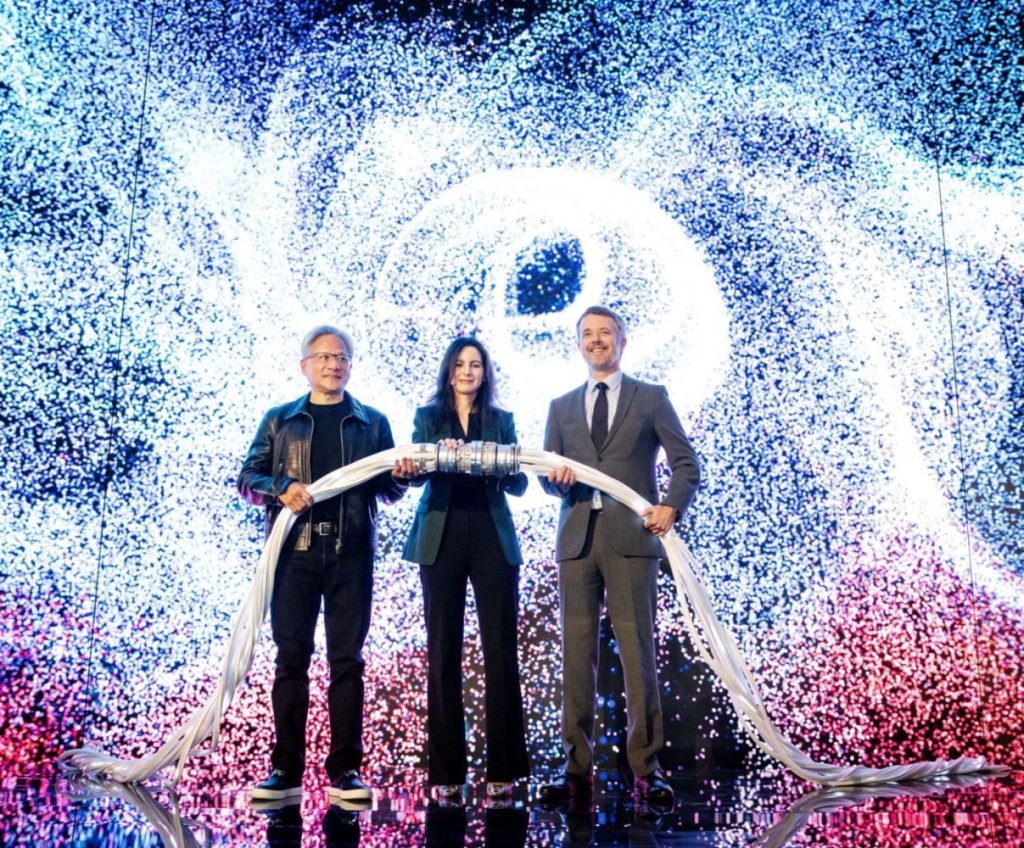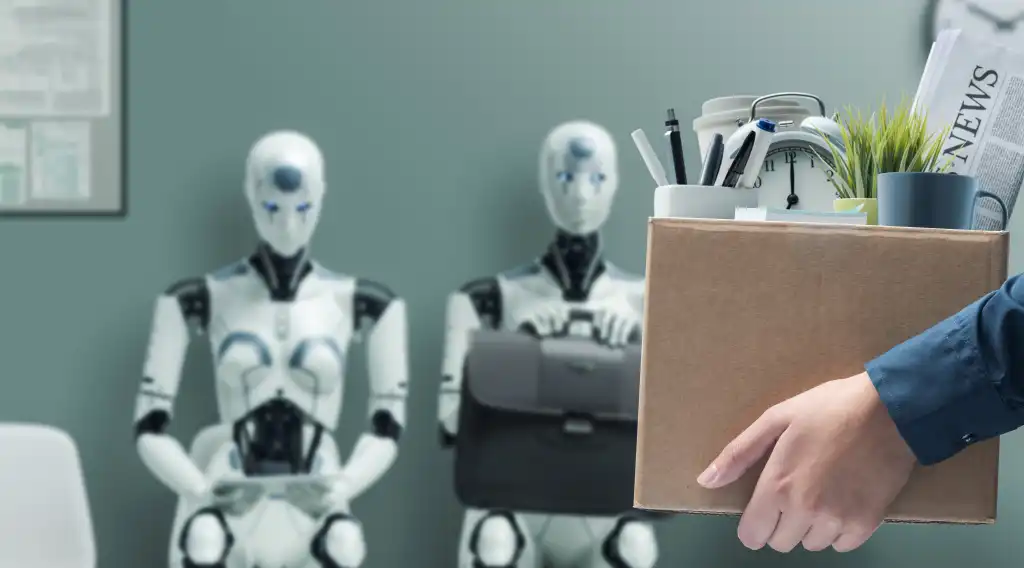With value now measured in the trillions of dollars, NVIDIA is seen to have capitalised on the AI trend… which started when founder Jensen Huang cleared the whiteboards to simply show the cryptic letters OIALO which he explained after research he had concluded the parallel computing which up until then had powered graphics cards for high-end computer games could now be used to corner the market on the necessary hardware for neural networks about to revolutionise society. A simple e-mail went out the company that Friday evening saying everything is going to deep learning, and that NVIDIA was no longer a graphics company.

A common topic is will AI destroy jobs? Did calculators destroy maths? Agriculture made the marginal cost of producing food zero.. good for society. Electricity produced at scale caused the marginal cost of chopping down trees, lighting fires, carrying fires and torches around to approximately zero, and we went off to do something else.

So with the AI revolution now grabbing headlines on an almost daily basis Stephen Witt’s The Thinking Machine. gives us great insight into how we could all leverage 7 daily ways to be successful.
- Work like you’re going bankrupt – For many years, Jensen opened staff presentations with the words “Our company is thirty days from going out of business.” Even today at Nvidia when making massive profits, this sentence remains the corporate mantra. The “be scrappy” philosophy keeps you and the organisation from waste.
- Find a uniform – rotating 24 identical back T-shirts with a Thomas Burberry monogram every day was how Jensen approached this. Others in tech space like Mark Zuckerberg have also been noted for a minimalist wardrobe approach.
- Work at the speed of light – managers are encouraged to identify the absolute fastest that something could conceivably be accomplished, given an unlimited budget, and assuming that every single thing went right. (For example, traveling from New York to London at the “speed of light” would involve perfect weather, zero traffic, and a supersonic plane.) Managers could then work backward from this unachievable constant to realistic but still impressive delivery times.
- Always see imperfections – when Nvidia’s new headquarters opened, the architect Hao Ko led Huang and a group of executives on a tour. “The place was finished, it looks amazing, we’re doing the tour, and he’s questioning me about the placement of the water fountains,” Ko said. “He was upset because they were next to the bathrooms! That’s required by code, and this is a billion‑ dollar building! But he just couldn’t let it go.” “I’m never satisfied,” Huang said. “No matter what it is, I only see imperfections.” Not even a custom dream house could meet Jensen’s standards. Returning home from work one day, he noticed that the glass doors to the garden of his mansion did not perfectly align with the view to the pool house out back. The lack of symmetry annoyed him, so he ordered the pool house uprooted and, at considerable expense, had it moved 18ft to the side.
- 20,000 emails a week – sometime around 2020, Huang asked everyone at the company to submit a weekly list of the five most important things they were working on. Every Friday from that day forward, he received twenty thousand emails. Brevity was encouraged; Huang would randomly sample from this pool of correspondence late into the night.
- Do the hardest thing first – by 5am, Jensen was usually up and working. He always began his workday with his most important long‑term project, figuring that as long as he addressed it, the day couldn’t be considered a bust no matter what else happened.
- Don’t share the load – management professors theorise that a chief executive should ideally have between eight and twelve direct reports. Huang had 55.
